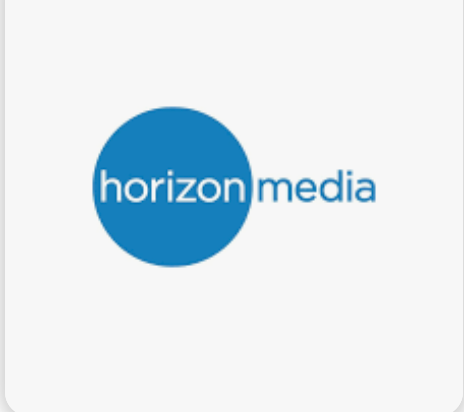At Toshiba America Medical Systems, several departments are part of its diagnostic medical equipment and service sales efforts, including field reps, call center agents and the service staff.
Cross-departmental cooperation like this is a good thing, but the problem was, each department had been segmenting clients based on its own unique set of criteria. For example, a highly rated target as defined by marketing might be considered a low-priority prospect by the service department. Despite what Toshiba felt were superior offerings, it was consistently missing sales forecasts.
With the help of Chicago-based CRM solutions firm eLoyalty, Toshiba turned that around with a program differentiating four potential types of buying behaviors, each of which requires a different level of handholding:
– “Enterprise” buyers use a wide variety of Toshiba products from this and other divisions.
– “Product-Only” purchasers use only one product and are mainly concerned with price and product specifications.
– “Smart Risk-Reward” clients start out as small, single-site customers, but have the potential to grow into multi-locale buyers.
– “Luminary” sites, such as teaching hospitals, influence the value of the brand to others.
Based on each prospect’s classification, Toshiba developed an enterprisewide “script” determining what actions would be taken to develop the client relationship.
The segmentation helped Toshiba compete with the “Wal-Marts” of its industry, for even at $300 million in annual sales, the Tustin, CA-based company still considers itself a boutique player in the diagnostic medical equipment arena. “We have resource limitations,” says John Zimmer, Toshiba’s vice president, marketing. “We need to be selective in matching our offering to the customer.”
“Too often business strategies are driven by information technology departments,” adds eLoyalty’s senior vice president Sam Gallucci. “Projects tend to fall apart or become marginally successful.”
Toshiba is now able to customize a plan incorporating financial position, competitive offers and a series of sales objectives. But the most important goal of the project was increasing the accuracy of sales forecasting. Through knowing the type of customer and adjusting sales efforts accordingly, predictions on the number of deals Toshiba can close in a 30-, 60- or 90-day period have improved by almost 25%.



